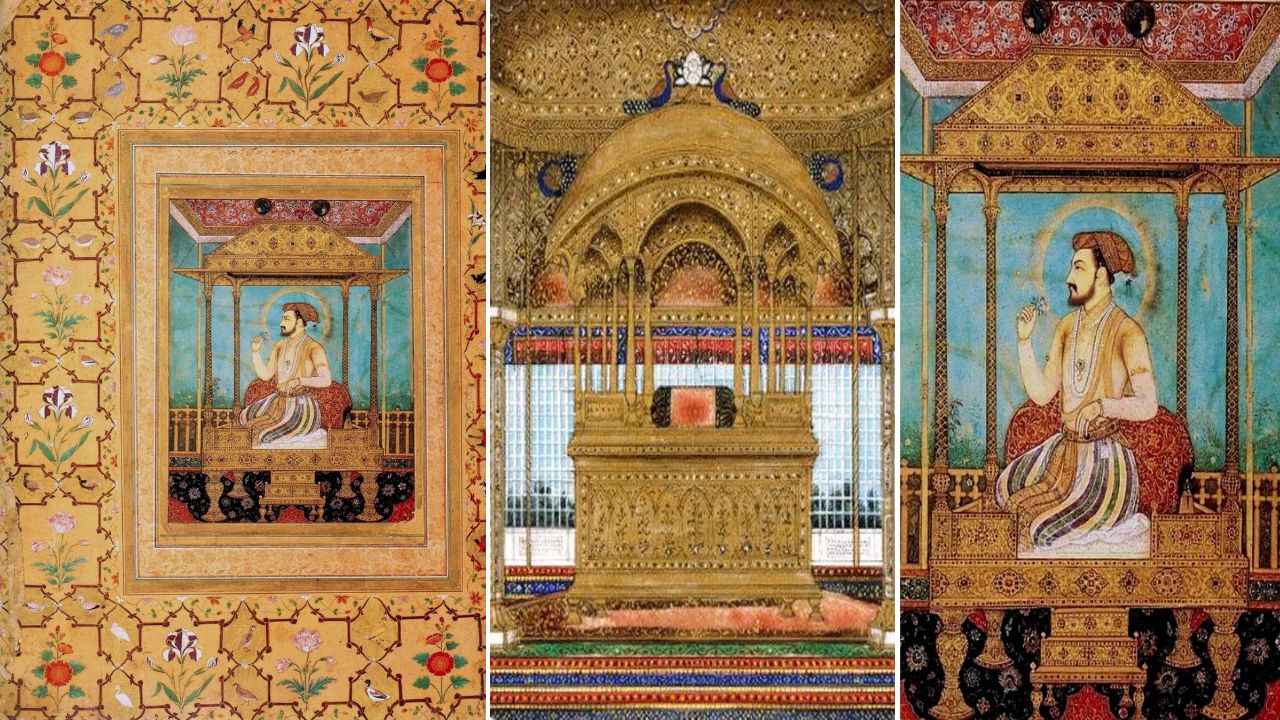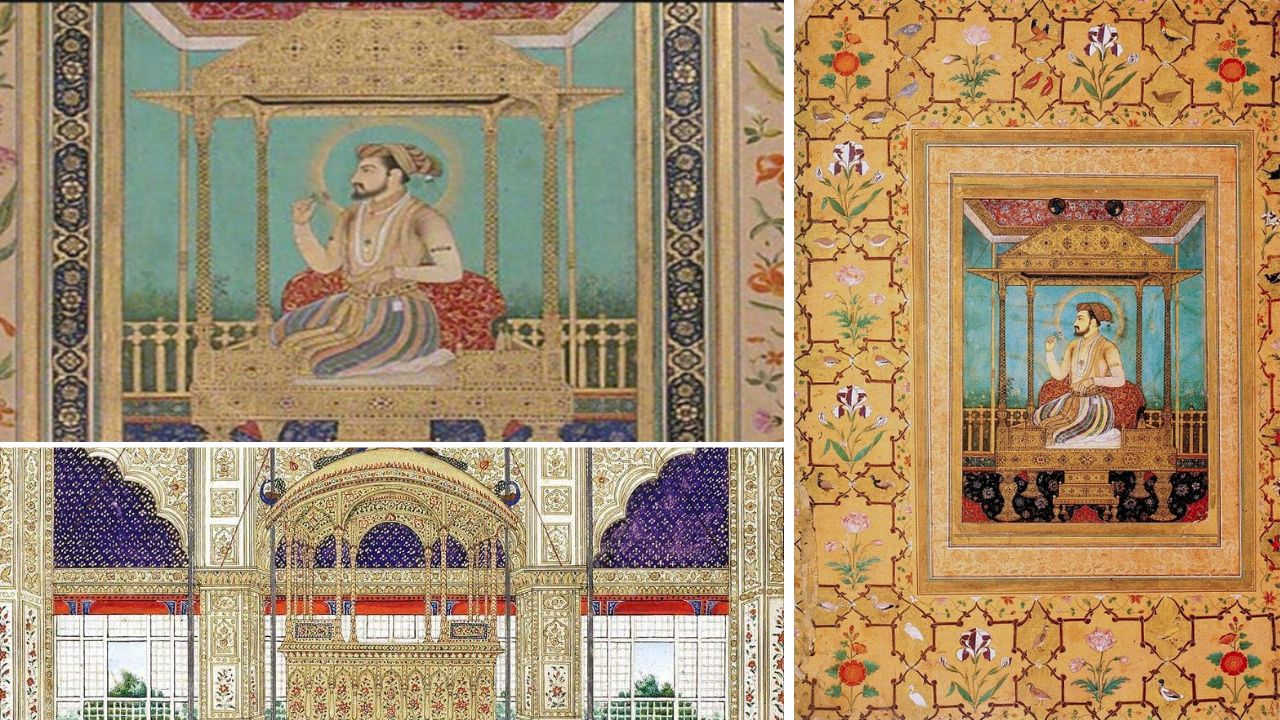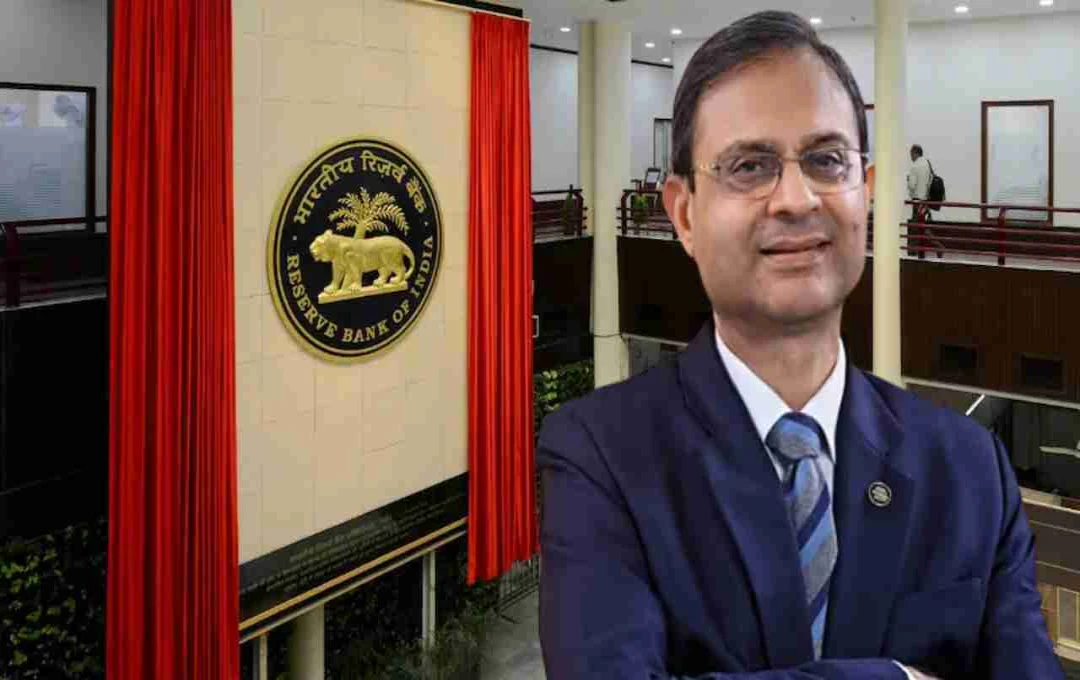The World's Most Expensive Throne: Takht-e-Taus, Beyond Taj Mahal and Kohinoor
Shah Jahan commissioned another extraordinary creation – the world's most expensive throne, known as Takht-e-Taus, or Peacock Throne. It is said that the Takht-e-Taus surpassed even the Taj Mahal and the renowned Koh-i-Noor diamond in value. Shaped like a dancing peacock, it earned the moniker of Peacock Throne. Measuring 3.5 yards in length, 2 yards in width, and 5 yards in height, it was entirely crafted from solid gold and adorned with precious gems, including the famed Koh-i-Noor diamond.
The throne's total weight was approximately 31 mans and 20 seers, equivalent to roughly 785 kilograms or seven quintals and 85 kilograms. Its creation, involving thousands of artisans, took seven years. The total cost during that time was estimated at 2 crores, 14 lakhs, and 50 thousand rupees. Engineer Bedakhli Khan was behind the Peacock Throne's design.
Such a magnificent throne has never been replicated before or after Shah Jahan's reign. The Takht-e-Taus was only brought out for special occasions in the royal court. "Takht-e-Taus" is an Arabic term, where "takht" means throne and "taus" means peacock. After the Mughal capital shifted from Agra to Shahjahanabad (Delhi), the Peacock Throne was also moved to the Red Fort in Delhi.

The Intriguing Mysteries Surrounding the Peacock Throne
The last Mughal emperor to sit on the Peacock Throne was Muhammad Shah Rangila. During his reign, the Persian emperor Nadir Shah invaded Delhi. After looting Delhi for two and a half months, Nadir Shah was informed by a courtesan named Noor Bai that Muhammad Shah Rangila had a priceless object concealed within his turban. On the evening of May 12, 1739, a royal court was held at the Red Fort in Delhi, where the Mughal emperor Muhammad Shah Rangila and Nadir Shah met.
After staying in Delhi for 56 days, Nadir Shah expressed his desire to return to Iran with Muhammad Shah Rangila. On this occasion, he said to Muhammad Shah Rangila, "In Iran, there is a tradition of brothers presenting turbans to each other on auspicious occasions. Since we have become brothers today, why not honor this tradition?" Muhammad Shah Rangila had no option but to accede to Nadir Shah's request. Nadir Shah removed his turban and placed it on Muhammad Shah Rangila's head. In this manner, along with the turban, the world-famous Koh-i-Noor diamond also left India for Iran. Following Nadir Shah's assassination in 1747, the Peacock Throne mysteriously disappeared. Its whereabouts remain unknown to this day. Despite extensive searches, the throne has not been located.
Note: The information provided above is based on publicly available information and social beliefs. subkuz.com does not verify its accuracy. subkuz.com advises consulting with a specialist before using any remedies or advice.











